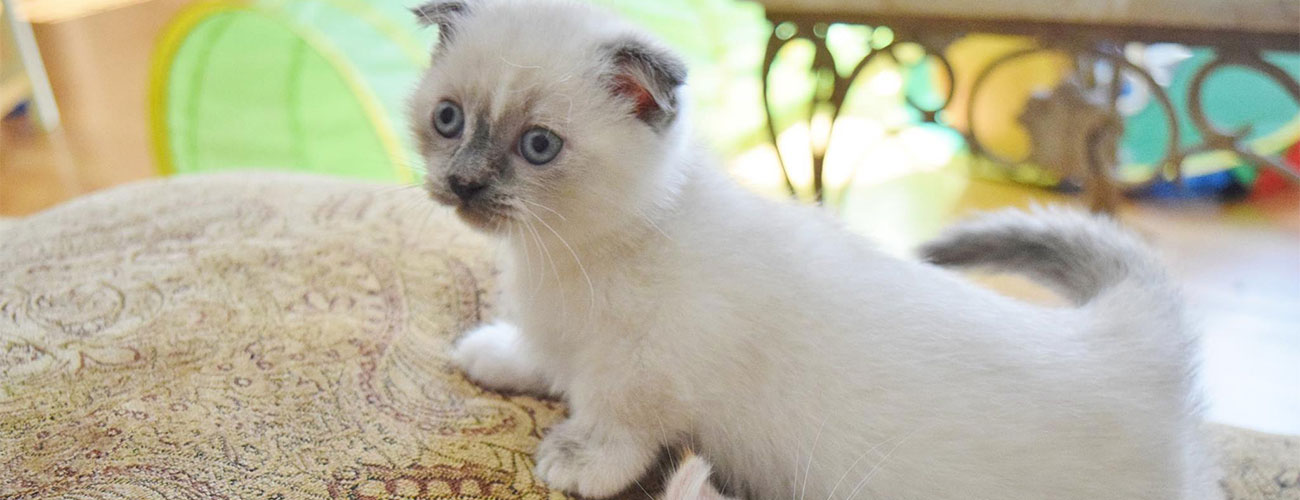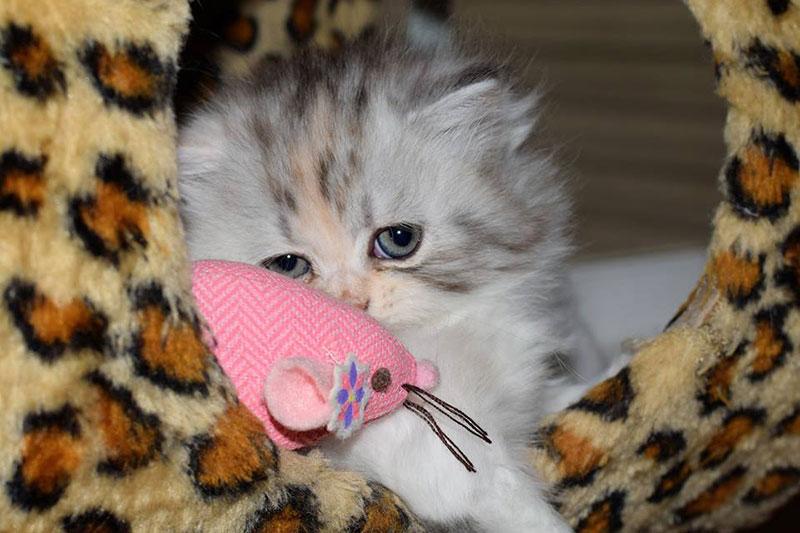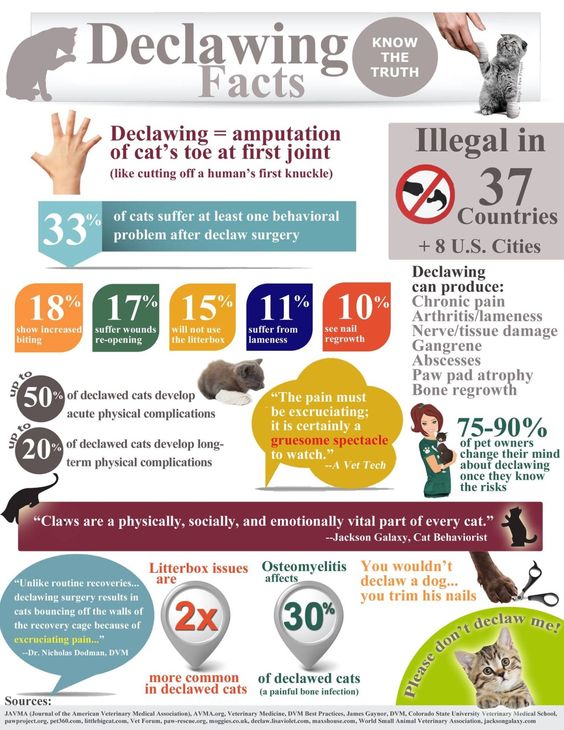

HEALTH
We are a PKD/FELV/FIV free cattery.
Polycystic Kidney Disease (PKD), Feline Leukemia (Felv), Feline Immunodeficiency virus (FIV)
Scottish Kilt Breed Health
Breed Health - Contrary to what you may read or hear, there has been no harm that comes from crossbreeding the Munchkin and Scottish Fold. The two naturally occuring mutations are not related, and the gene that causes the fold has nothing to do with the gene that causes the short bones in a munchkin. No extra health issues come from breeding Munchkin x SF.
 Munchkin cats are a remarkably hearty breed, with few breed specific health problems.They can jump, run and play as well as a long legged kitten can. The shortest kittens tend not to climb as much on high counters.
Munchkin cats are a remarkably hearty breed, with few breed specific health problems.They can jump, run and play as well as a long legged kitten can. The shortest kittens tend not to climb as much on high counters.
The fold gene in the Scottish Fold, if not bred responsibly, can cause crippling arthritis if two folds are mated together.
We DNA test our breeder cats for single fold gene to ensure all of our breeders are heterozygous for the gene and therefore only produces kittens with one fold gene.
Polycystic Kidney Disease (PKD), first reported in 1967, is an inherited disease in Persian and Persian-cross cats. It has also been diagnosed in British Shorthairs, Exotics, Scottish Folds, and Himalayans.
We also DNA test our breeders for PKD and can show you test results. We only breed if those results are clear. DNA proof can be found on our breeders page. Only our customers that have paid a deposit has access to our DNA results.

VACCINES
Feline Panleukopenia-Herpesvirus-Calcivirus
Respiratory viruses are endemic – occurring almost everywhere – in the feline population. These vaccinations can be administered individually but they are most often combined in one vaccination referred to as FVRCP or HCP. At 9 weeks old, your kitten will be given the first shot for the FVRCP. At 12 weeks, it is important for you to get the 2nd set of FVRCP for full immunization. Your kitten should get a booster vaccination at one year. After that, your cat can get FVRCP shots every three years.
Rabies
An incurable illness transmitted by the bites of infected animals. Because humans can get rabies if bitten by a rabid animal, the rabies vaccination is required by law in virtually every state. Your kitten should have his first rabies shot between the ages of 8 and 12 weeks and a booster one year later. After that, he will need a rabies vaccination every three years (unless annual vaccination is required in your area).
Leukemia
Although the leukemia shot is considered non-core, the AAFP recommends that all kittens get vaccinated against feline leukemia. The leukemia shot for kittens is administered as two doses, three to four weeks apart. If your kitten goes outdoors, your vet will recommend an annual vaccination against leukemia. However, if you keep him indoors only, you won't need to get this vaccination. If you have other cats that go outside or could come into contact with your cat, you may want to consider getting the vaccine.
DECLAWING
WE DO NOT ALLOW DECLAWING!
You will be required to sign a contract that declawing is not to be done. There are many alternatives to declawing, including scratching posts, nail trimming, and nail caps. If you have any intentions on declawing, look elsewhere. If you have leather furniture, you may want to look into a different couch until your kitty is older and trained.
Declawing is already banned in the following US cities: Berkeley, Beverly Hills, Los Angeles, San Francisco and Santa Monica. Malibu condemned the practice in a resolution, but did not legally ban the practice.
Declawing is already banned in the following countries: England, Scotland, Wales, Italy, France, Germany, Austria, Switzerland, Norway, Sweden, Netherlands, Northern Ireland, Ireland, Denmark, Finland, Slovenia, Portugal, Belgium, Spain, Brazil, Australia, New Zealand.
BECOME AN ADVOCATE AGAINST DECLAWING!
Visit the paw project and see how you can help!
UPDATE 12/2016: New Jersey has become the first US state to ban declawing!

FACTS ABOUT FELINE DECLAWING
- Declawing is amputation; it is not merely the removal of the claws. To declaw a cat, the veterinarian cuts off the last knuckles of a cat’s paw – cutting through bone, tendons, skin and nerves. In a person, it is equivalent to amputating each finger or toe at the last joint.
- Declaw surgery can be an extremely painful procedure with associated health risks and complications such as infection.
- Declaw surgery can produce permanent lameness, pain or arthritis.
- Declawing is the same mutilating procedure for house cats or big cats.


